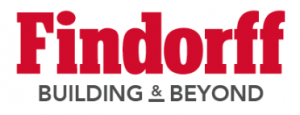The American College of Healthcare Executives-Wisconsin Chapter strives to assemble a board that encompasses a diverse representation of leaders throughout the state who are committed to the advancement of healthcare leadership and fulfilling the chapter’s mission. The mission of the Chapter is to be the professional membership society for healthcare executives; to meet its members’ professional, educational, and leadership needs; to promote high ethical standards and conduct; to advance healthcare leadership and management excellence; and to promote the mission of ACHE.
To be eligible to serve on the Board, an individual must be a member of the Wisconsin Chapter and have completed one year of membership in ACHE. Download the position description for more information and expectations. Board members should expect to commit 40-60 hours per year for board activities, which include:
- In-person attendance at quarterly Board meetings, typically lasting 3-4 hours and held in Madison or Milwaukee
- Chair, co-chair or actively serve on one committee
- Participation on the Regent Advisory Council (RAC), providing guidance and support in the advancement of the Regent’s goals for our Chapter
If you are interested in becoming a Board director, please complete the following by September 27, 2019.
- Completed Board Application. Click here to apply.
- Send your resume to ACHE-WI@badgerbay.co
- Support of 10 ACHE-WI members (an e-mail link to support you will be sent after your application and resume are received)
A ballot will be prepared and distributed to the full membership in early October and election results will be announced in late October. New directors will be asked to attend the board meeting on November 13, 2019 in Madison.






